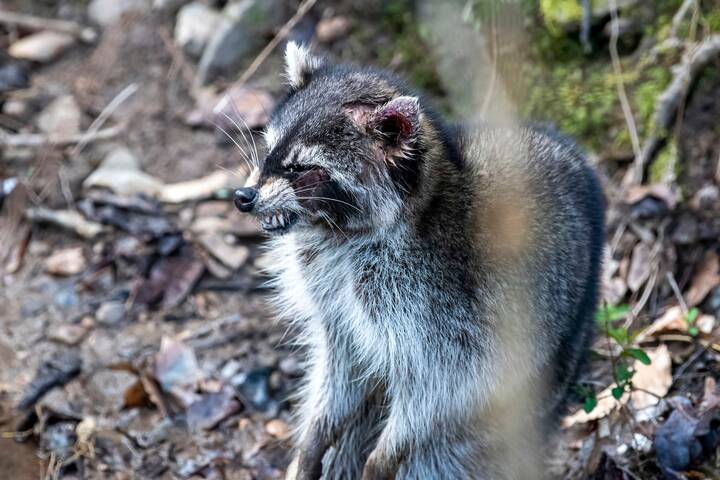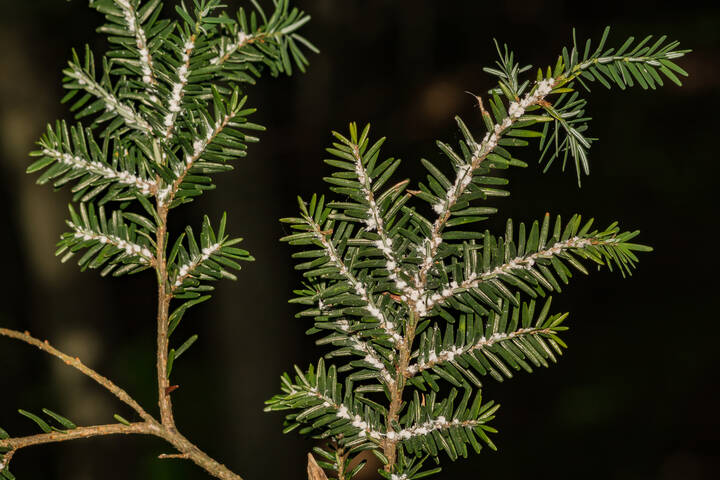
New life is returning to a reborn stretch of Toronto's waterfront
Waterfront Toronto has transformed dirty concrete dockwalls in the polluted Port Lands into a re-naturalized coast in just a few short years.
The Cherry Street Lakefilling project's impacts on Lake Ontario's ecology are already being noted, now helping repopulate Toronto's Inner Harbour with new fish species.
Roughly a century after the Ashbridge's Bay Marsh was filled in to create a 200-acre industrial hub now known as the Port Lands — erasing what was once the most extensive wetlands on the Great Lakes in the process — dirty industry is on the way out, and nature is returning.
The new Don River mouth is still a few years away, but the formation of a re-naturalized coastline around Essroc Quay is already attracting wildlife, though little evidence of this new life is present above the waterline.
Toronto and Region Conservation Authority recently shared a brief video highlighting three new fish species that have made their home within one of the new aquatic habitats, or "fish coves," formed during the quay's extension.
Largemouth bass, bluegill, and pumpkinseed are all identified in the short clip, captured in the cove at the west end of the island, protected from the lake by a fish gate.
None of these species were present in this area before the Cherry Street Lakefilling project began.
And there aren't just a few fish; the video shows a healthy number thriving in the relatively small cove just two short years after its construction.
Salvaged trees were submerged throughout the cove and anchored to its base with stone, creating the foundations for what is quickly becoming a healthy aquatic ecosystem.
These sheltered areas offer fish a place to hide from predators, feed, rest during long migration events, or lay their eggs.
Waterfront Toronto attributes the last century's lack of fish diversity to the annual dredging of the Don River and Keating Channel, which kicks up silt and makes it difficult for marine vegetation to thrive.
The redirection of the river's flow through a new mouth in a few years will help with the silt issue, while upgrades to the coastline make it easier for marine vegetation to take hold.
This vegetation not only provides fish with food and shelter, but also helps to prevent coastline erosion.
TRCA via Waterfront Toronto
Latest Videos
Latest Videos
Join the conversation Load comments







